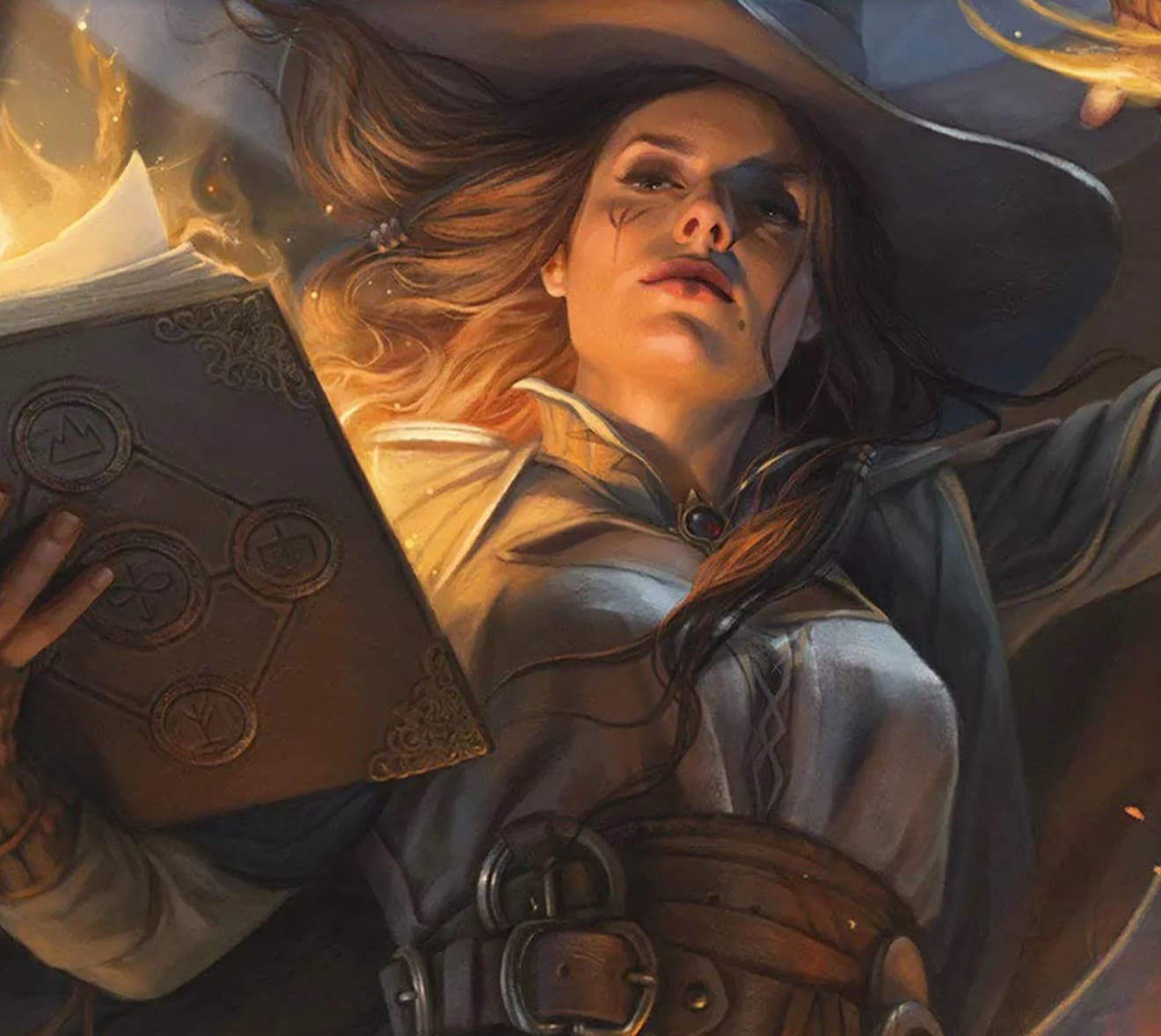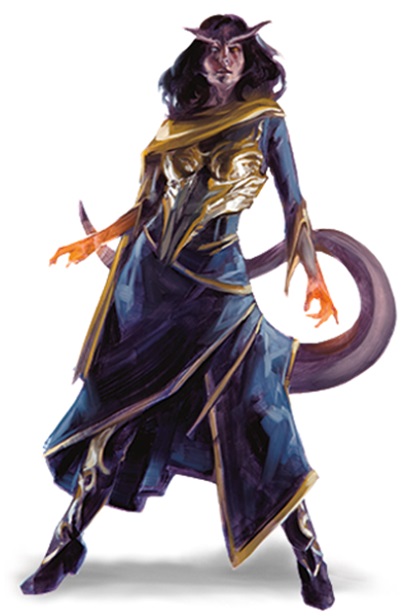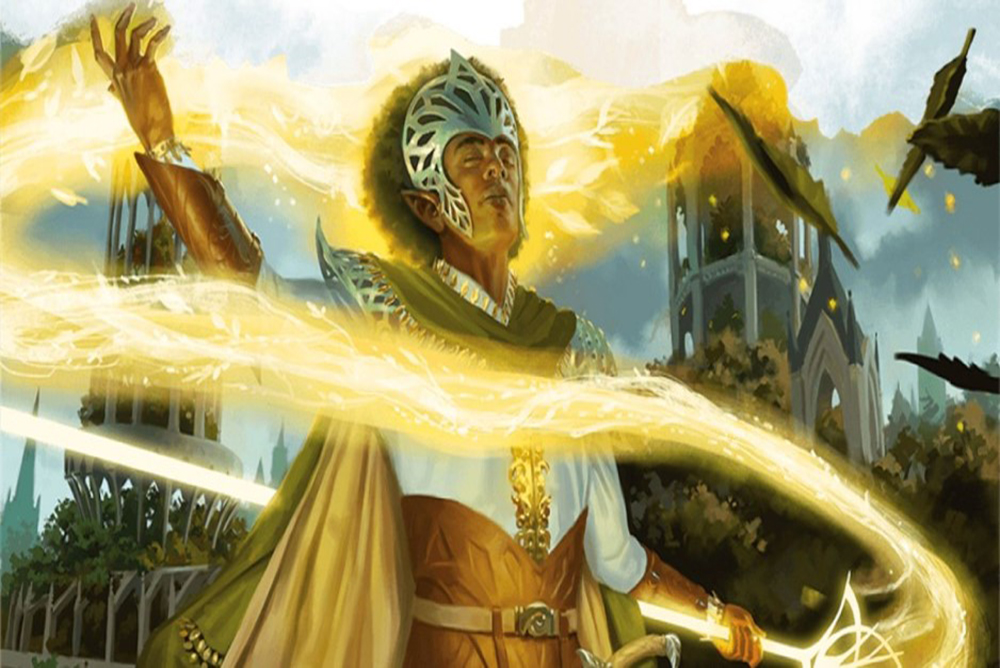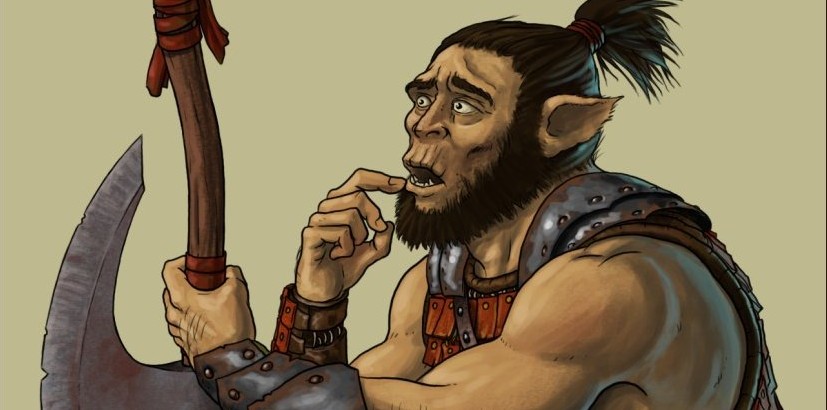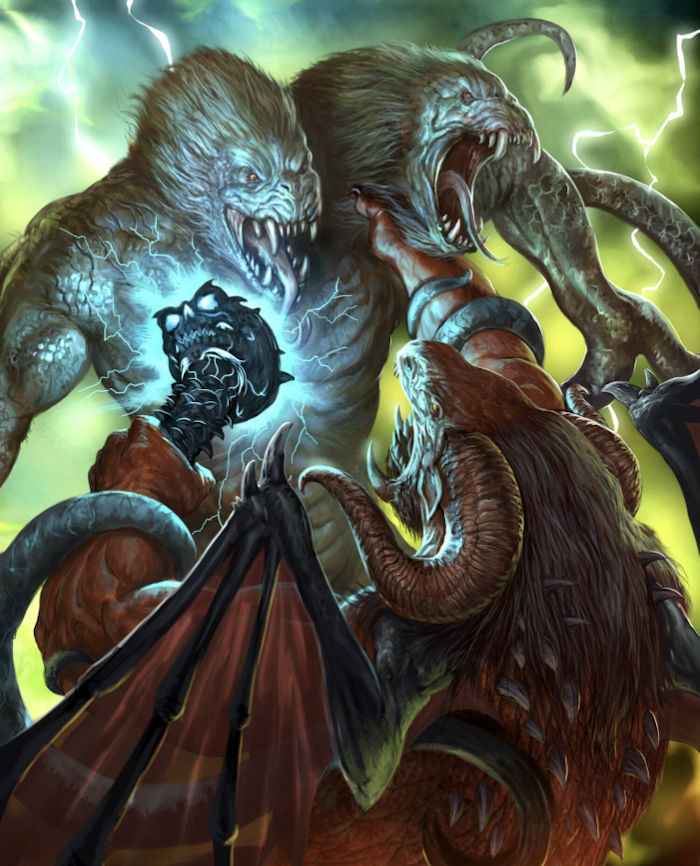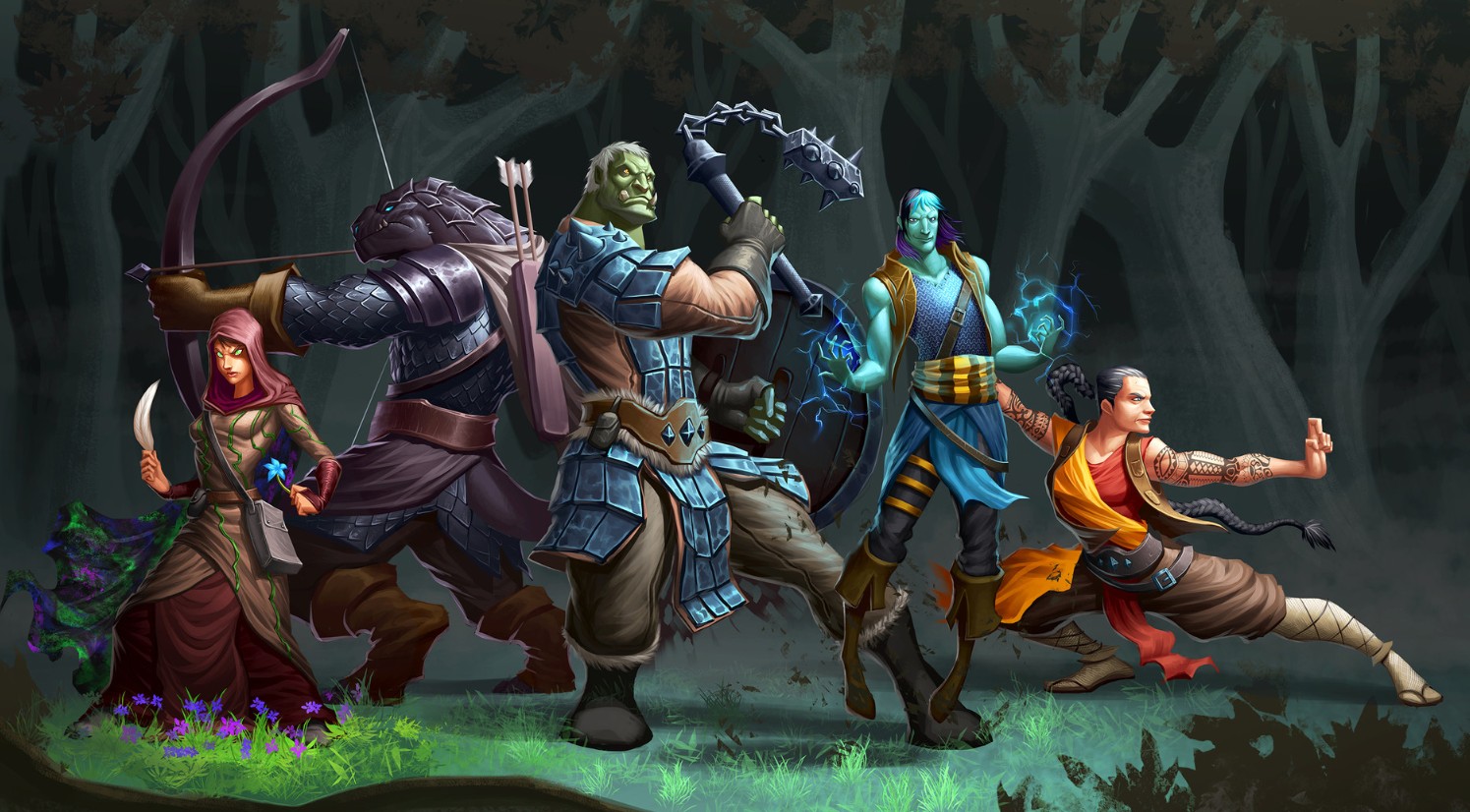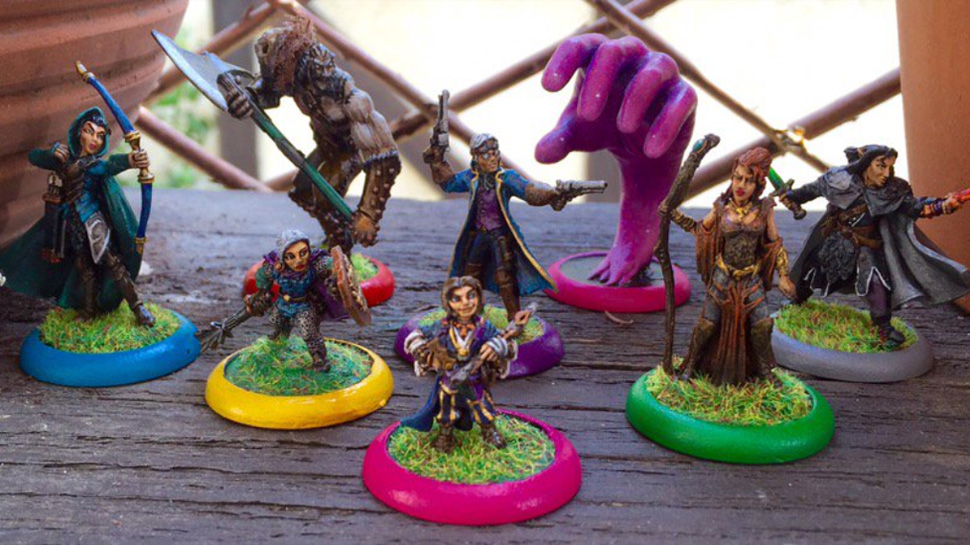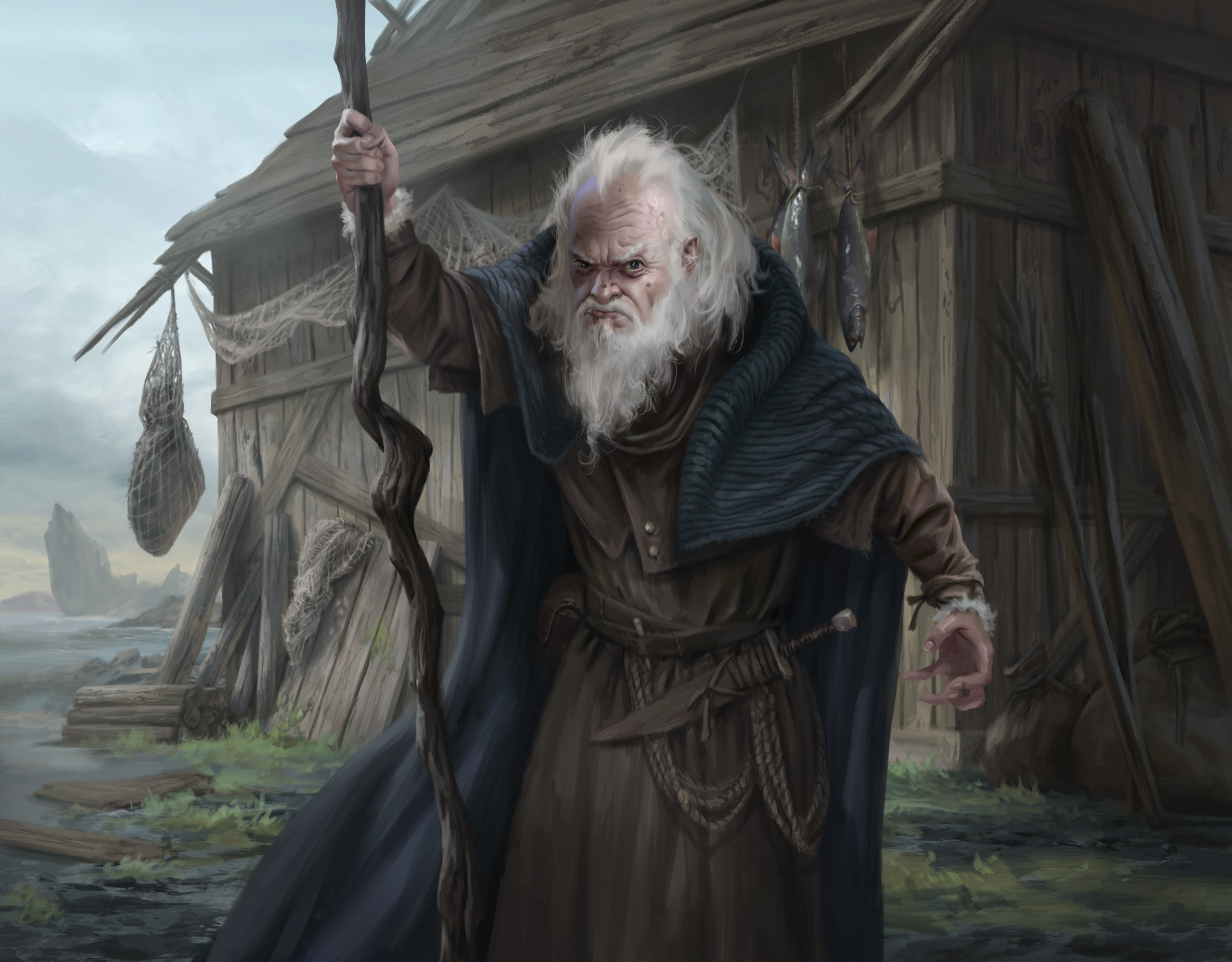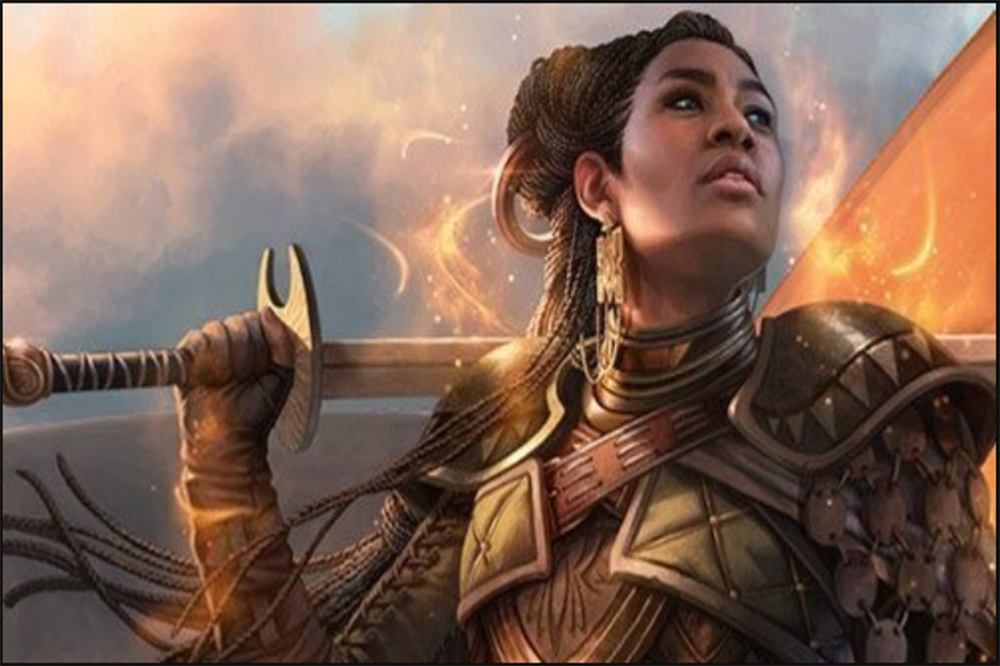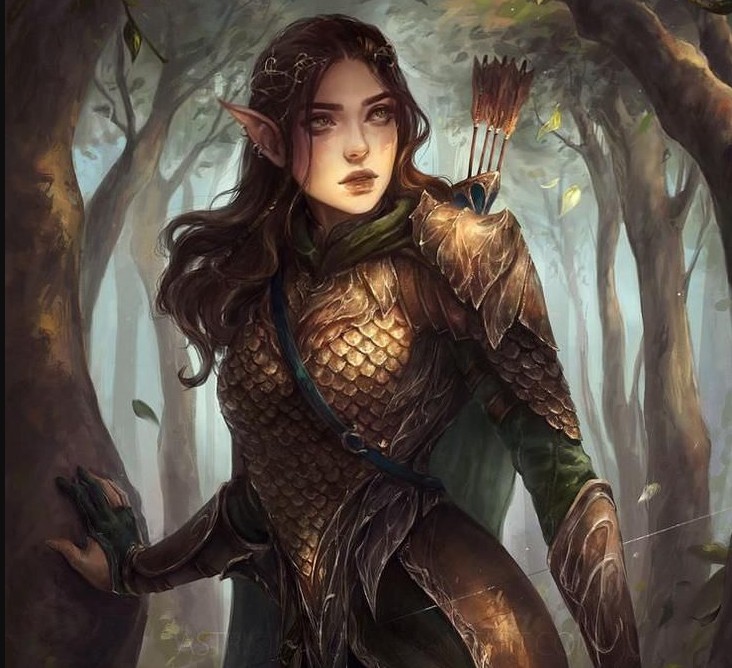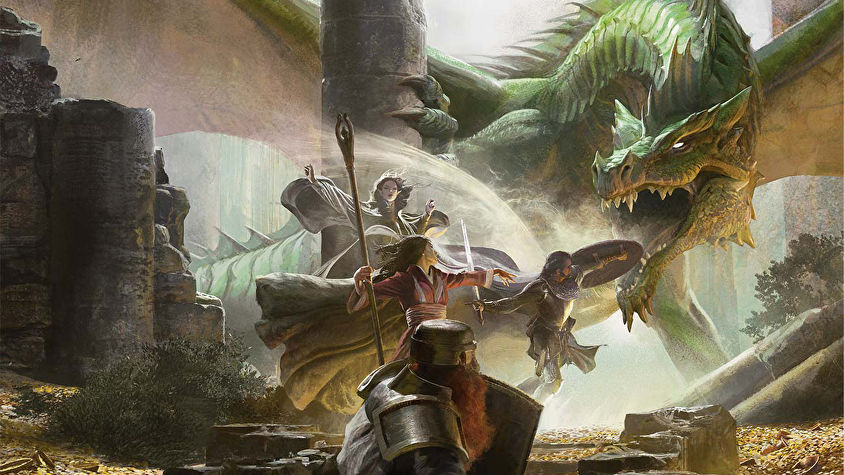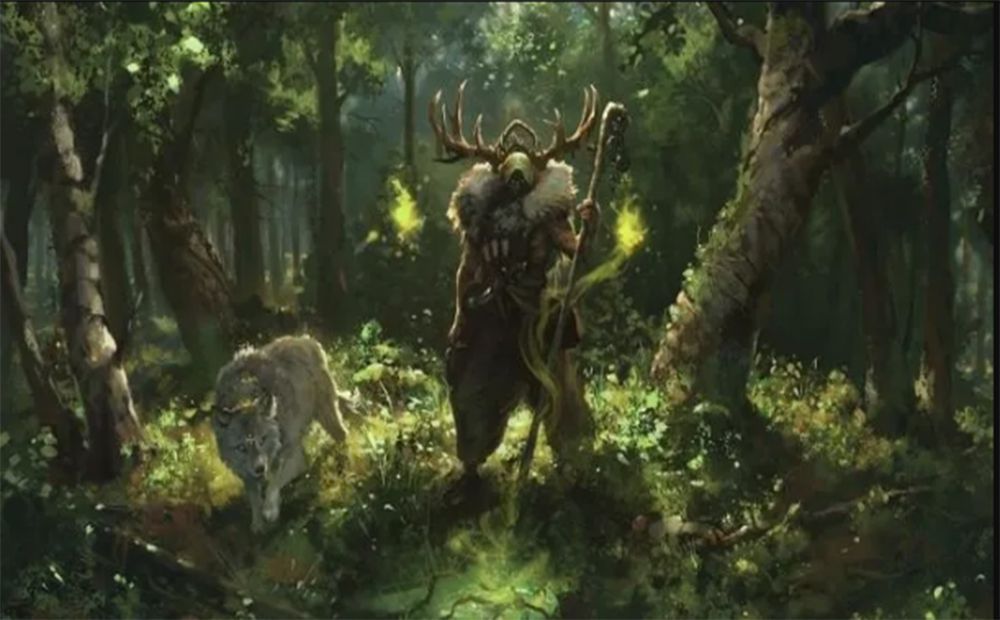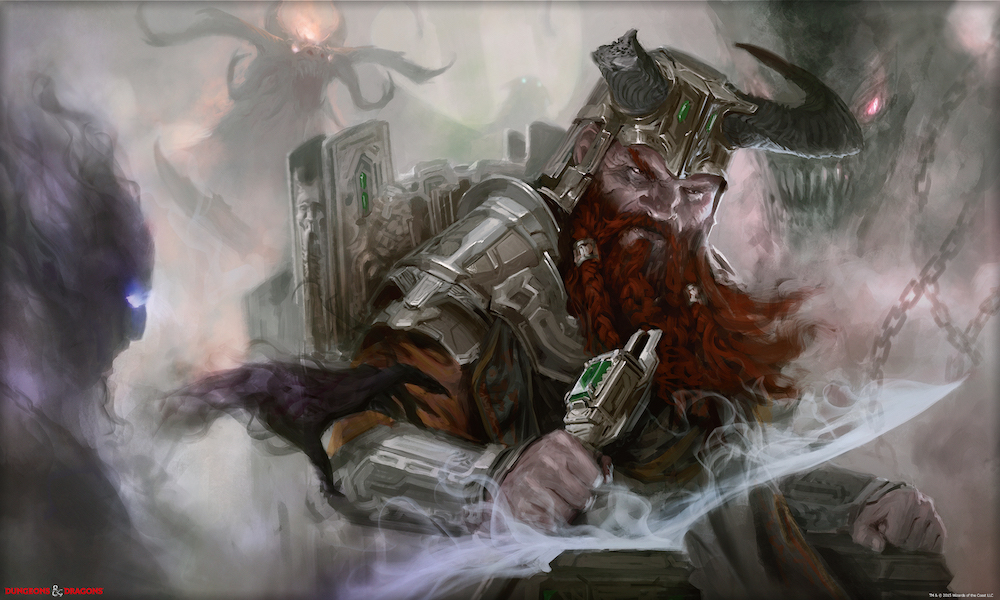
1. Running Your Homebrew World/Campaign Before A Prebuilt One

I know how disappointing this must sound, but it’s not the best idea to start DMing with your own material. I know this from firsthand experience. Maybe it works for some people, but I had more than a few difficulties that seriously affected the game in a negative way.
First and most importantly, I had no guidelines for how to DM. I had a general idea, and I’d skimmed the DMG, but I didn’t know how to apply any of my knowledge in an effective manner. I didn’t have nearly enough of the world worked out to run a game effectively and even if I had enough of a world for the game I was trying to run, I wouldn’t have known how to organically advance the plot while still allowing players the chance to do what they wanted to do in my world. Comparing this with the prebuilt campaign I’m running now, I’ve realized that I was blundering my way through my own game with little to no idea of where I was going or how to get there.
Secondly, I knew how to improvise whatever I needed to. I could come up with NPC names on the spot, shop inventories, even dungeons and dialogue, but I was relying on improv too much. I had no clue how much prep I wasn’t doing until I started running Princes Of The Apocalypse. I didn’t have an achievable storyline worked out, I never had any idea where the party might end up. I don’t think I even knew what was going to happen more than fifteen minutes before it happened. I know that there’s an element of that all the time in D&D, but trying to run my own game as an intro to DMing, it was everything, all the time.
2. Trying To Find A Way For The Party To Meet Up On Your Own
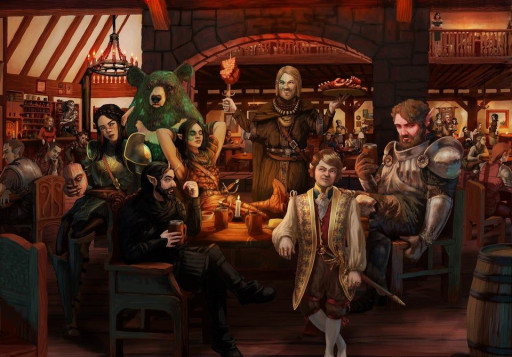
This was another simple mistake that I’ve made. In both of the campaigns that I’ve run, I thought I could come up with a reason for all the individual characters to be working together on my own, without consulting the players or planning it in advance.
This is one of the most basic parts of a campaign, right? Why are the members of the party working together and how did they meet? That’s what I thought, anyway, until I actually tried to do it. The first time, I pre-planned it a little bit, so it wasn’t quite as much of a disaster as the second time, but without the planning the second time it was not pretty. I was coming up with things on the spot and it ended up being a shitshow.
What I should have done was talk to each of my players individually and discuss the setting of the campaign, detailed where they would be playing and figuring out why they are there. Then I should have discussed with the party why they met up and why they would work together. That would have led to a much cleaner start to the campaign.
3. Trying To Run A Campaign From A One-Shot

I started running my first campaign shortly after I finished highschool. It was mostly a way for me to stay in touch with some of the people I had met in highschool by teaching them to play. Since I didn’t know if they would be interested in a long term campaign, and neither did they since they had never played before, I ran a one shot for them.
The one shot went as well as my first DMing experience really could’ve, barring the near TPK and the sex slave incident which I will address later in this article. Everyone present had a great time and we decided that we wanted to do a longer campaign. I decided that, rather than go through the whole character creation process again, we could just keep going from the end of the one shot.
The problem with that plan was that I didn’t know where to go from there. The one shot was over, and I didn’t have any idea what would happen next. I didn’t have a BBEG, I didn’t have a plotline, I had next to nothing and it showed. I should have gone straight to a prebuilt campaign from there.
4. Not Filtering Your Players Well Enough

For my first campaign, I made the mistake of not filtering my players well enough. There was one player, let’s call her Amanda, who was a major problem player and resulted in the loss of one of my friends who also played in the group.
I knew that Amanda had a crush on me through highschool, she’d told me herself halfway through grade twelve, but I’d figured it out much earlier than that. She asked me out at least half a dozen times and I rejected her each time. To top it off, I had started dating the person I had had a crush on through highschool shortly after the campaign began. Amanda still believed she had a chance with me though, and it led to me, my girlfriend and my cousin all feeling extremely uncomfortable at the table.
Amanda would also spend the entire session doodling on scrap paper or on her phone and never knew what was going on, so I approached the rest of the group and we had a discussion about her. We unanimously agreed that she should leave the group and we let her know, which went as well as it could’ve gone, except one of my players, let’s call him Tim, changed his mind after the fact. He was extremely insistent that we should let her back into the group despite how she made me and my girlfriend feel and that has led to my friendship with him deteriorating as well as the game pretty much being done at this point.
5. Persuasion Checks…

Here it is, the sex slave incident. The party had chartered a boat to take them around an island to the location they needed to go to for a quest. At the end of the journey, they went full murder-hobo and killed the boat crew, all save one. I made the mistake of letting them roll a persuasion check to get the NPC to join the party. Little did I know that they would use this persuasion check to get the sailor to do sex work for them.
Needless to say, I needed a way to kill off this NPC pretty quickly, and one arose when my cousin joined the game with an extremely unique backstory that needed a few hours of roleplay and some side-quests to bring him into the game.
Moral of the story is don’t let your party roll to hire a sailor as a prostitute. Or anything even remotely similar. Just don’t let it happen if you’re not going to like the potential outcome.
6. The First Combat TPK
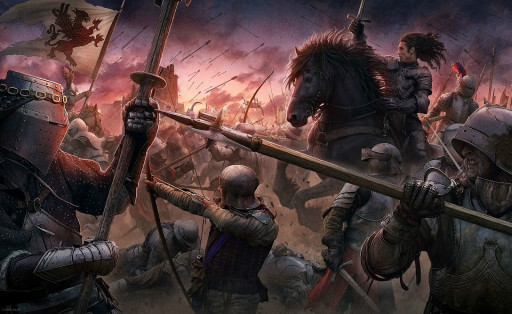
This is something that I’ve heard a few horror stories about, and I have one of my own. The first combat I ran was supposed to be a simple intro to D&D combat for my new players. They were on a boat and a pirate boat came up to them and boarded them. It was four of them against two orcs and two human bandits. What could go wrong?
At the end of the first round, one player was down, the party dog and another PC were in the water and the party hadn’t gotten a single hit off. It was the closest to a TPK I have ever come, and it is not a mistake I have made since. I overestimated the party while underestimating the difficulty of the encounter. There is a simple solution to this mistake, however. Use the official encounter difficulty tables to calculate the difficulty of your encounters at lower levels and you will not experience the predicament of needing to fudge your rolls just so the party will survive.
7. Railroading Without Realizing It
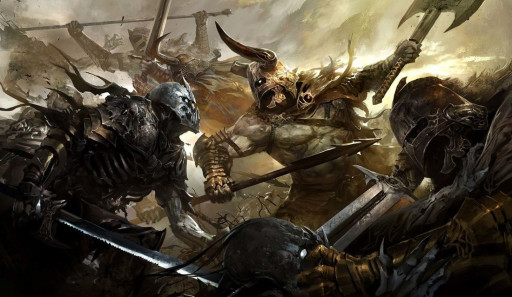
This was something I didn’t even realize I was doing until recently. I knew in theory what railroading was, and that it was something to be avoided, but I didn’t realize how easy it is to railroad your players without realizing it. Maybe I’m just not cut out to be a DM, but It’s quite hard to avoid railroading entirely.
Although I have never actively railroaded my players, I have only ever had one idea as to what they could do, and therefore never provide alternatives to that one option. I’ve always made sure that my players know that they can do whatever they want to, but I’ve never expanded on that, I’ve never made sure that they know what else they can do other than whatever quest I’ve put in front of them. Because of this, I feel like I’ve inadvertently been railroading my players.
Potential ways to avoid this kind of railroading are to offer multiple quests at once, provide a vibrant enough world that the players want to explore it on their own, make sure you don’t make every quest time sensitive, and let the players drive the game instead of attempting to make the story you’re trying to tell drive the game.
8. Playing Above The Mechanical Understanding Of Your Players
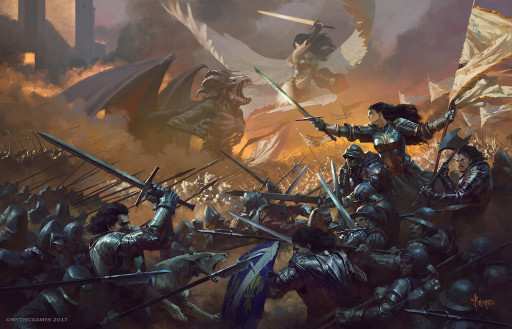
This was another mistake I didn’t really realize I was making until after the fact. Ever since I was first introduced to D&D, I have been fascinated by the mechanical element of the game, the numbers, the statistics and all the little hidden rules that might get overlooked or simply ignored by those who are not as into the game as I am.
Seeing as the players I was DMing were complete noobs to the game, I think it’s pretty obvious that I should have kept things simple and straightforward instead of overwhelming them with game mechanics and character creation, right?
So naturally, I overwhelmed them with game mechanics and character creation during exam week. Don’t do that. Ever.
9. Indecisiveness
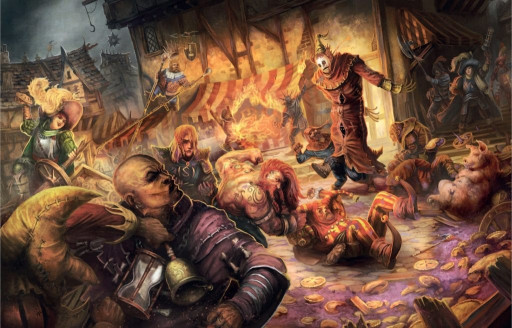
Despite everything else that was going on, my players were still having fun. The only thing that really impeded them enjoying the game was my own indecisiveness. Whether it was a rule interpretation or whether or not to give them advantage on an attack, half the time, each decision would take me at least a few seconds.
This would slow the game down, interrupt roleplay and put a hitch in the flow of the game. I don’t think I really need to describe why that’s a bad thing, but the fact that it could have been easily avoided is something that still bothers me. You can talk to your players after the fact, change rulings, clarify a decision or use the rule of cool as much as you want, but you can’t bring back the moment that your indecision broke.
10. Teaching Numbers But Not Roleplay
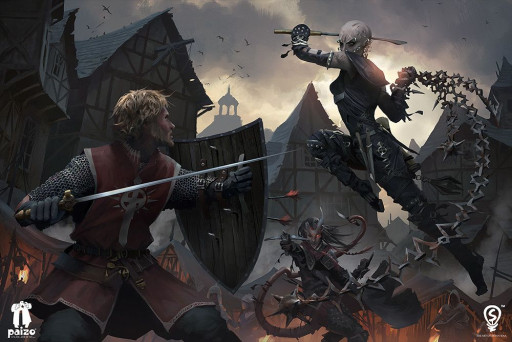
As I’ve said a few times, all of my players were completely new to D&D when they started playing with me and as such I was introducing them to the game. The mistake I made here was not introducing them to all of the game. I taught them the rules and numbers, but I was severely lacking in teaching them the roleplay aspect of D&D.
As a result, it took months and my cousin joining for them to really get into the roleplay side of things at all and even longer before we had a session that was primarily roleplay. Although everyone was still enjoying the game, I could tell they enjoyed it much more after the roleplay began. If I had just leaned into the roleplay a bit more when I was teaching them the game, they would have enjoyed their D&D experience much more, and so would I.
You may also be interested in:
- [Top 15] Most Powerful D&D Monsters
- The Best D&D Classes (Ranked from Worst to Best)
- Top 25 Best D&D Villains of All Time



